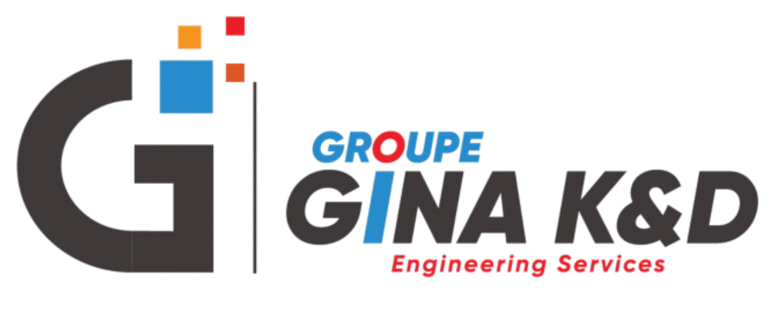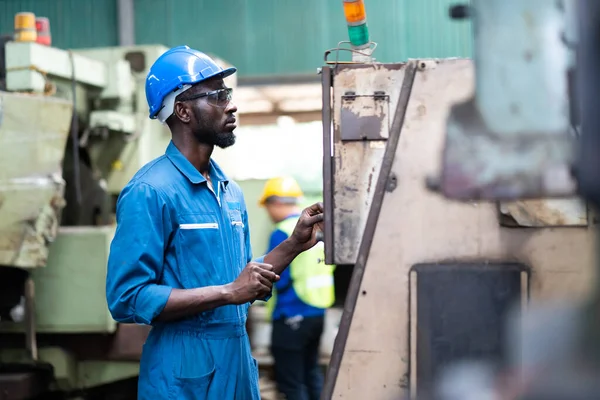Structural engineering is an ever-evolving field that continuously seeks new materials to enhance the performance, sustainability, and safety of constructions. The introduction of innovative materials has revolutionized the way structures are designed and built, enabling engineers to push the boundaries of what is possible. This article explores some of the most significant innovative materials in structural engineering, their benefits, and how they are transforming the industry.
1. High-Performance Concrete (HPC)
What It Is:
High-performance concrete (HPC) is an advanced type of concrete designed to provide superior durability, strength, and workability compared to traditional concrete.
Benefits:
- Enhanced Durability: HPC is resistant to harsh environmental conditions, reducing maintenance costs and extending the lifespan of structures.
- Improved Strength: It can achieve higher compressive strength, allowing for the construction of slender and lighter designs.
- Versatility: HPC can be tailored for specific applications, such as self-consolidating concrete, which flows easily into complex forms.
Applications:
HPC is widely used in bridges, high-rise buildings, and infrastructure projects, where durability and strength are critical.
2. Fiber-Reinforced Polymers (FRP)
What It Is:
Fiber-reinforced polymers (FRPs) are composite materials made from a polymer matrix reinforced with fibers, such as glass, carbon, or aramid.
Benefits:
- Lightweight: FRP materials are significantly lighter than traditional materials like steel and concrete, reducing the overall weight of structures.
- Corrosion Resistance: FRP is highly resistant to chemical attack and moisture, making it ideal for environments prone to corrosion.
- High Strength-to-Weight Ratio: FRPs provide excellent tensile strength while being lightweight, enabling innovative design solutions.
Applications:
FRPs are commonly used in retrofitting existing structures, constructing lightweight bridges, and creating complex architectural forms.
3. Self-Healing Concrete
What It Is:
Self-healing concrete is an innovative material that can automatically repair cracks and damages over time through embedded healing agents.
Benefits:
- Reduced Maintenance Costs: By automatically sealing cracks, self-healing concrete extends the lifespan of structures and reduces the need for repairs.
- Enhanced Durability: It improves the resilience of concrete against environmental factors, reducing water penetration and corrosion.
- Sustainability: This material contributes to sustainable construction practices by minimizing the need for repairs and replacements.
Applications:
Self-healing concrete is particularly useful in structures exposed to harsh conditions, such as highways, bridges, and water-retaining structures.
4. Advanced Steel Alloys
What It Is:
Advanced steel alloys are designed with enhanced properties for specific applications, including high strength, corrosion resistance, and weldability.
Benefits:
- Improved Performance: Advanced alloys can withstand higher loads and extreme conditions, making them suitable for demanding applications.
- Corrosion Resistance: Certain alloys are treated to resist rust and corrosion, prolonging the life of structures.
- Weldability: Enhanced weldability allows for more complex designs and faster construction processes.
Applications:
These materials are commonly used in high-rise buildings, bridges, and offshore structures where performance and durability are critical.
5. Cross-Laminated Timber (CLT)
What It Is:
Cross-laminated timber (CLT) is an engineered wood product made from layers of lumber stacked crosswise and bonded together.
Benefits:
- Sustainability: CLT is a renewable material with a lower carbon footprint compared to traditional building materials, contributing to environmentally friendly construction.
- Strength and Stability: Despite being lightweight, CLT offers excellent strength and stiffness, making it suitable for multi-story buildings.
- Aesthetic Appeal: The natural look of wood provides warmth and beauty, making CLT an attractive choice for architectural designs.
Applications:
CLT is increasingly used in residential buildings, commercial spaces, and schools, allowing for sustainable and efficient construction.
6. Geopolymer Concrete
What It Is:
Geopolymer concrete is an alternative to traditional Portland cement concrete, made from industrial by-products like fly ash and slag combined with alkaline activators.
Benefits:
- Lower Carbon Footprint: The production of geopolymer concrete generates significantly fewer carbon emissions compared to traditional concrete.
- High Resistance: It exhibits superior resistance to heat and chemical attacks, making it suitable for extreme environments.
- Recyclability: Utilizing industrial waste promotes recycling and sustainability in construction.
Applications:
Geopolymer concrete is used in industrial structures, pavements, and applications where high durability and sustainability are required.
7. Transparent Aluminum
What It Is:
Transparent aluminum is a ceramic material known for its strength and transparency, often used as a substitute for glass.
Benefits:
- High Strength: Transparent aluminum is much stronger than glass, providing enhanced safety and durability.
- Lightweight: It is significantly lighter than traditional materials, making it suitable for various architectural applications.
- UV Resistance: This material has excellent resistance to UV rays, reducing the risk of degradation over time.
Applications:
Transparent aluminum is used in high-security environments, such as military applications, as well as in architectural features where safety and aesthetics are paramount.
Conclusion
Innovative materials are reshaping the landscape of structural engineering, offering solutions that enhance performance, sustainability, and functionality. By incorporating materials like high-performance concrete, fiber-reinforced polymers, self-healing concrete, and others, engineers can design structures that are not only stronger and more durable but also environmentally friendly.
As the construction industry continues to evolve, staying informed about these innovative materials will be crucial for structural engineers, architects, and builders. Embracing these advancements will not only lead to better-performing structures but also contribute to a more sustainable and responsible built environment.








